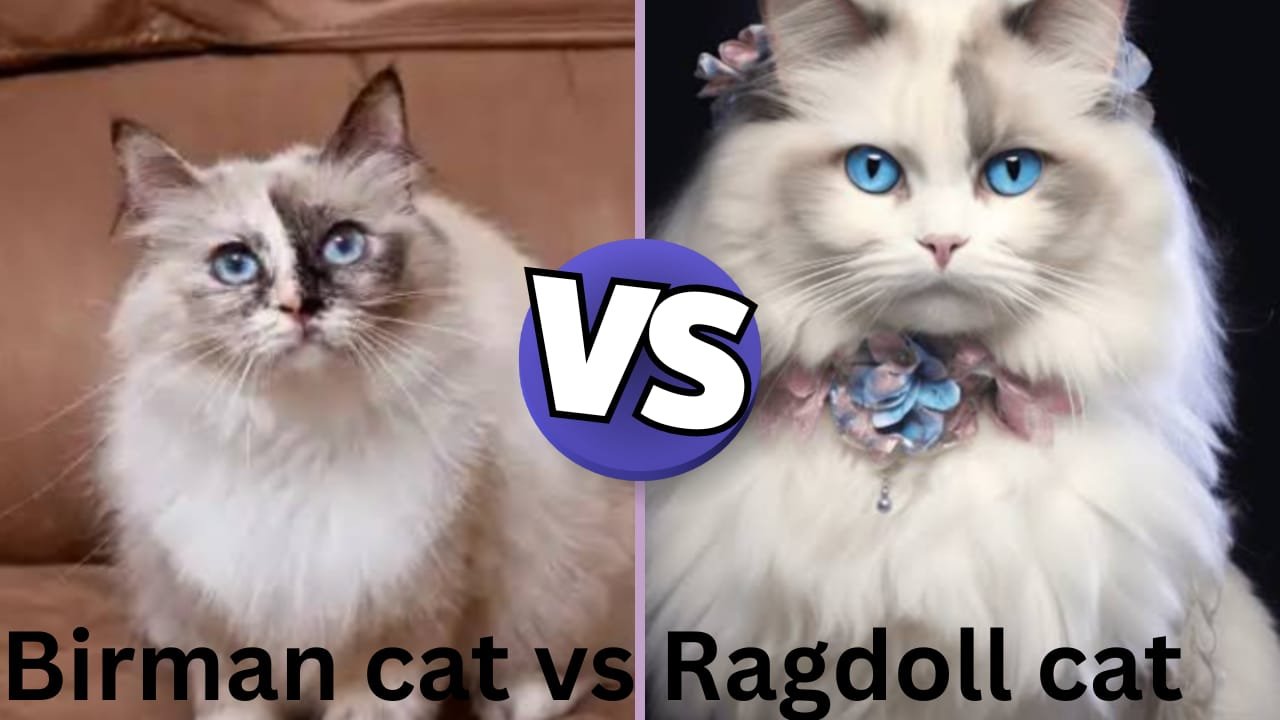Both of these cats are confusing and quite similar in many aspects. After reading this article you will be able to distinguish between Ragdoll and Birman cat.
The Mystical Heritage of Sacred Temple Guardians
Understanding the comparison between Ragdoll and Birman cats requires delving into the fascinating story of the Sacred Cats of Burma, whose legendary origin distinguishes them from the more modern Ragdoll breed in profound ways.
These remarkable cats were raised by devoted Kittah priests within ancient temple walls of Burma (now Myanmar), where legend tells us they developed their mesmerizing blue eyes and were worshipped alongside the temple goddess in religious ceremonies.
The most captivating aspect of their spiritual heritage describes how these divine felines were awarded stunning sapphire blue eyes and pristine white paws as a symbol of purity and devotion, making them instantly recognizable compared to Ragdolls when examining their pointed colorpoint patterns and semi longhaired coats.
Origin of Birman Cats
The modern journey of these magnificent cat breeds began when a descendant pair of cats was brought from their sacred temple in Burma to France during the 1920s, though historical reports vary about the exact circumstances of this international transfer.
The breed achieved official recognition from the Cat Club de France in 1927, but tragedy struck when the entire breed was entirely wiped out during the Second World War, requiring dedicated breeders to have them recreated using two surviving purebred Birmans in addition to carefully selected Persian and Siamese blood through complex breeding programs.
This war-time recreation process involved meticulous crossbreeding and outcrossing techniques focused on preservation and restoration of their unique genetics and bloodlines, ensuring breed development standards were maintained through the global cat fancy community.
The breed was recognized again in 1949 by Fifé before being exported from France and gaining recognition in the US and UK during the 60s, with modern cat clubs and breed registry organizations working through registration systems to maintain proper breed standard requirements that honor both their temple heritage and the careful recreation efforts that preserved their distinctive blue eyes and signature white paws traits, ensuring both export and import regulations protect these magnificent creatures for future generations within established purebred Persian and Siamese influenced France-based recognition systems.
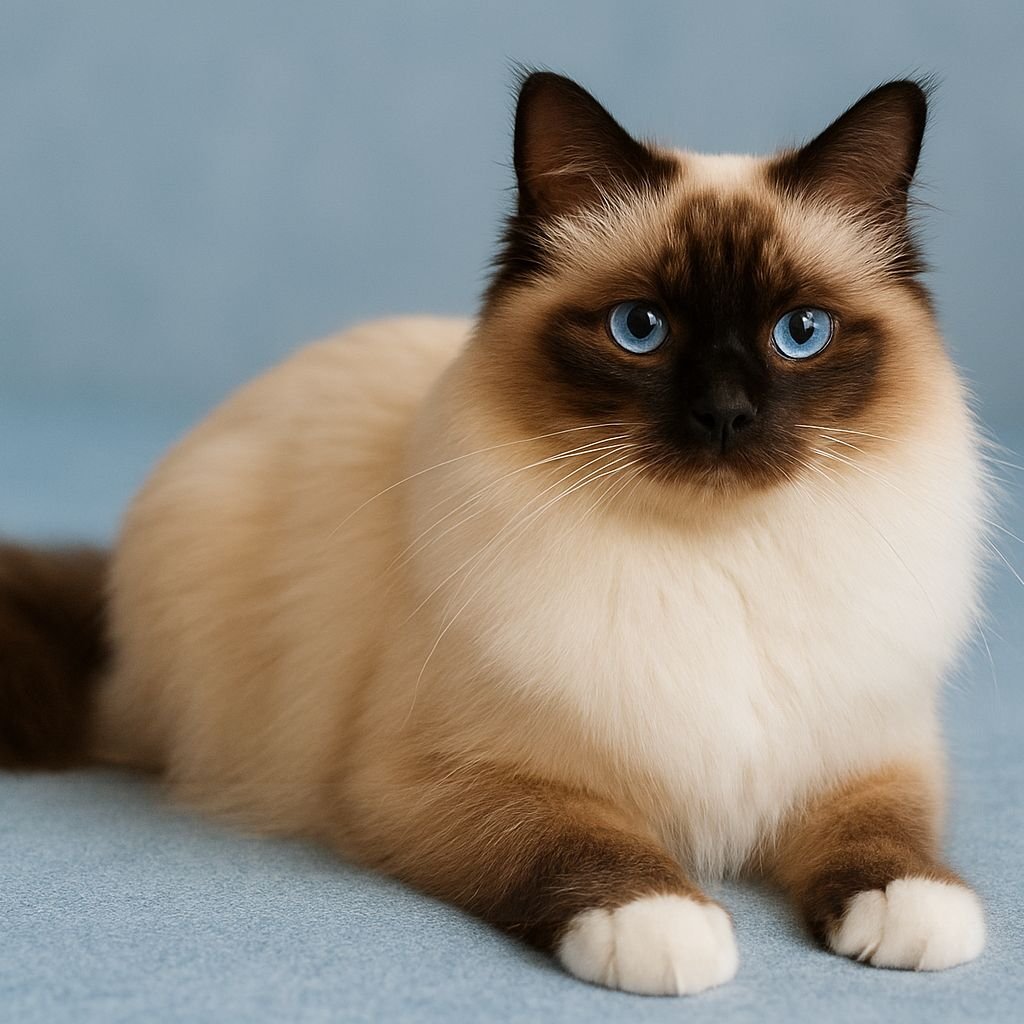
Origin of Ragdoll Cats
Origins of Ragdoll cats requires examining how myths and legends have shaped public perception of this breed that was created by Ann Baker during the 1960s. During the 80s, these remarkable cats were exported to Europe and the Ragdoll breed gained recognized status with major cat registries, with the breed being recognized by the GCCF and Fifé in 1991 through careful breed registration processes.
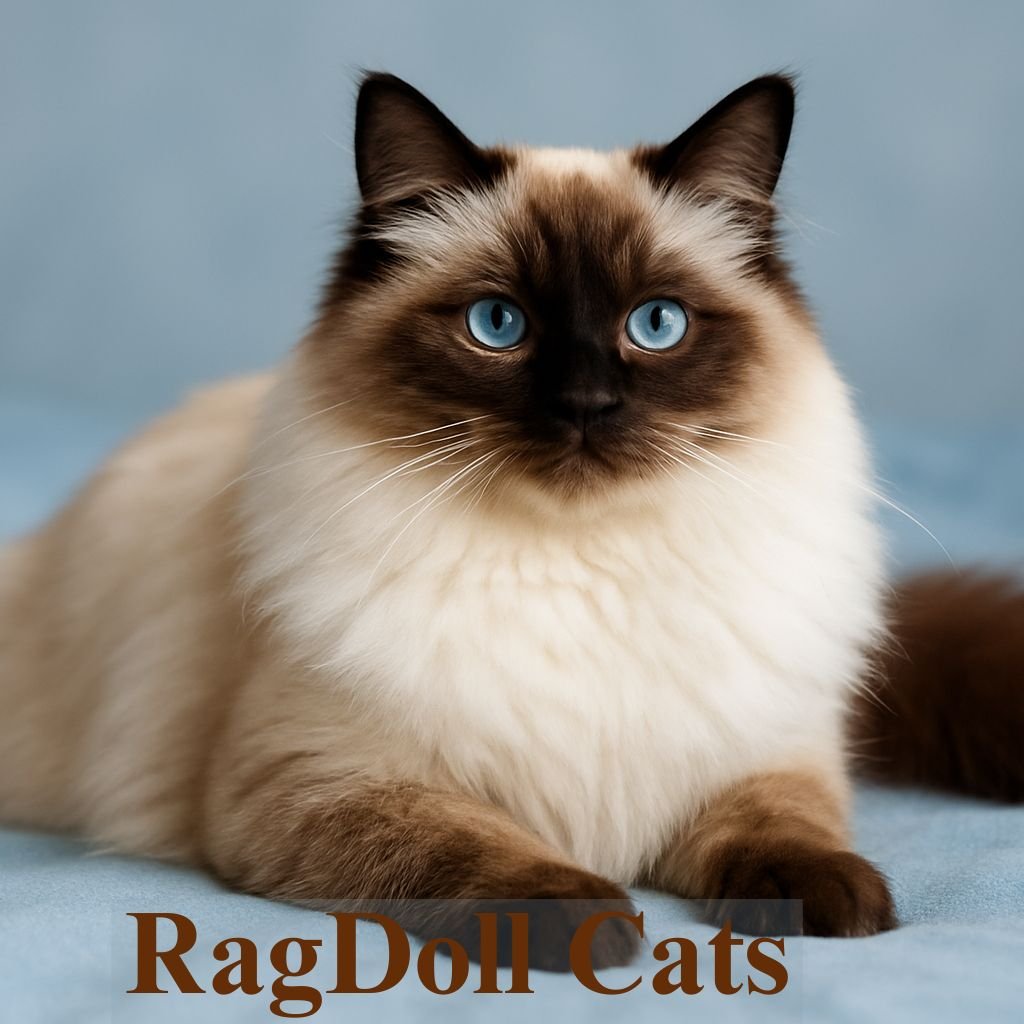
Understanding Breed Heritage through Comparative Analysis
When exploring the origin of Birman cats, it becomes essential to understand how these magnificent felines relate to other similar breeds like the Ragdoll, as these two distinct cat breeds often look remarkably similar and leave many enthusiasts confused about how to properly recognize each variety without conducting thorough research.
This article provides valuable tips for telling these breeds apart, making it significantly easier to visually recognize which breeds you’re studying during your exploration of feline history and breed development.
Understanding the Birman cat’s ancestry becomes more meaningful when you check each cat’s documented pedigree to determine if a particular cat matches the established criteria, though this doesn’t necessarily guarantee complete accuracy since a Birman or Ragdoll pedigree only proves documented breed lineage rather than confirming authentic breed characteristics through careful physical traits and appearance analysis that reveals their true genetics and cat ancestry.
If you’re hesitating about acquiring either a Birman or Ragdoll kitten while learning about their origins, I recommend you read extensively about ethical breeding practices and responsible breeding standards that trace back to their historical development. Through my years of experience with feline identification and breed comparison, I’ve learned that effective visual distinction requires understanding purebred development alongside official breed standards recognized by the cat fancy community through proper registration and breed recognition systems that document their breed differentiation from other cat varieties.
The study of pedigreed cats becomes more fascinating when you examine breed verification methods used in cat breeding programs that ensure breed selection accuracy during kitten acquisition processes, working with breeders who understand breeding ethics and cat genetics while maintaining precise breed lineage records through official breed documentation, cat pedigree systems, and recognized breed registry organizations that eliminate breed confusion among similar breeds through proper breed matching and breed proof verification methods, ensuring breed criteria accuracy in cat identification while minimizing visual identification challenges during breed comparison processes and confirming breed authenticity that traces back to their fascinating historical origins.
Physical Similarities and Key Differences
Understanding the comparison between Ragdolls and Birmans becomes fascinating when you realize these magnificent breeds share most essential physical features, making breed identification challenging for newcomers to feline anatomy and breed characteristics.
Both breeds display luxurious long fur with similar coat texture, complemented by medium-sized ears with distinctively rounded tip formations that frame their face shape, which appears rounded yet slightly triangle in profile with a medium-length muzzle that gives them their gentle expression.
Eyes
Ragdolls possess notably large, oval-shaped eyes with an almond-like appearance that creates their signature sweet expression, while Birmans display more rounded medium-to-large eyes with a mystical alertness that reflects their sacred temple heritage.
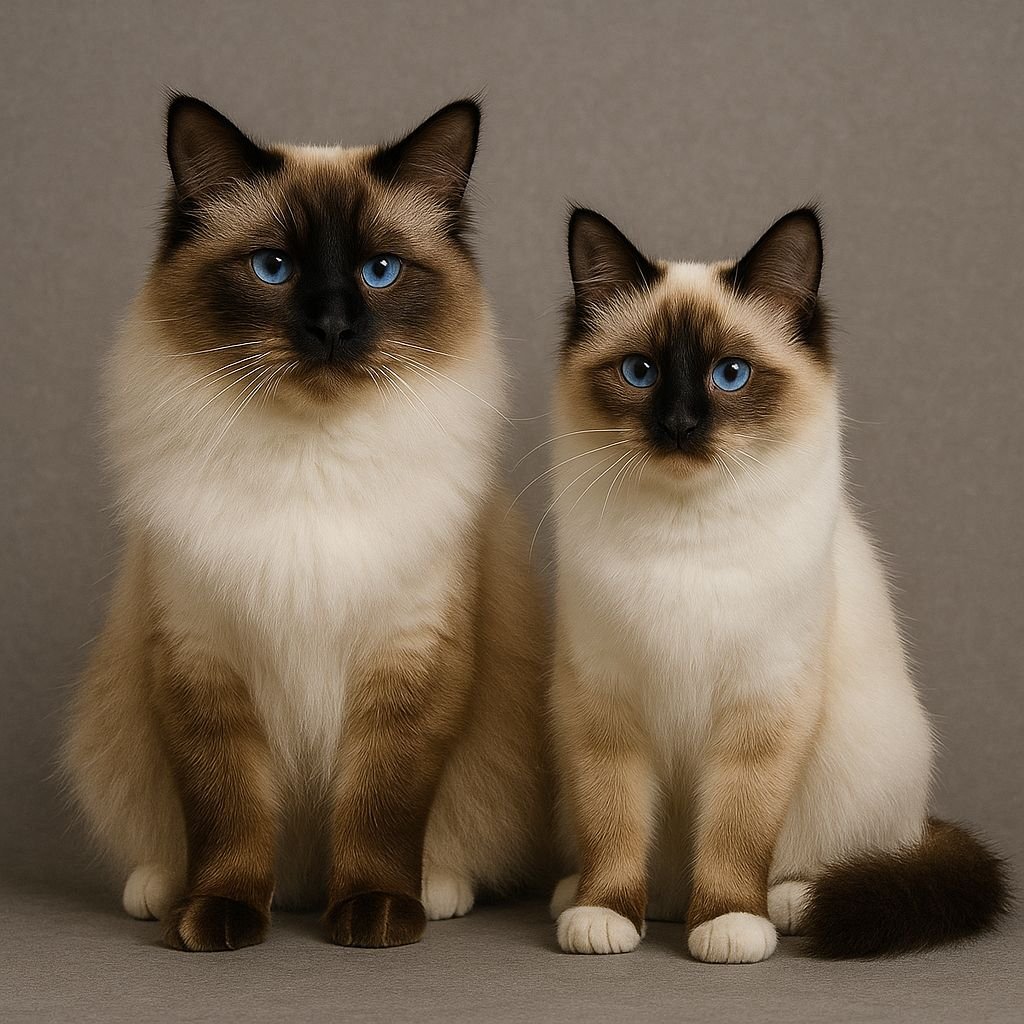
Fur
Birman cats have silky, single-layer fur with almost no undercoat that feels smooth and flowing to the touch. Ragdoll cats have soft, plush double-layer fur with a denser undercoat that creates their signature stuffed-toy texture. The key difference is tactile – Birmans feel silky and lightweight, while Ragdolls feel thick and cushiony.
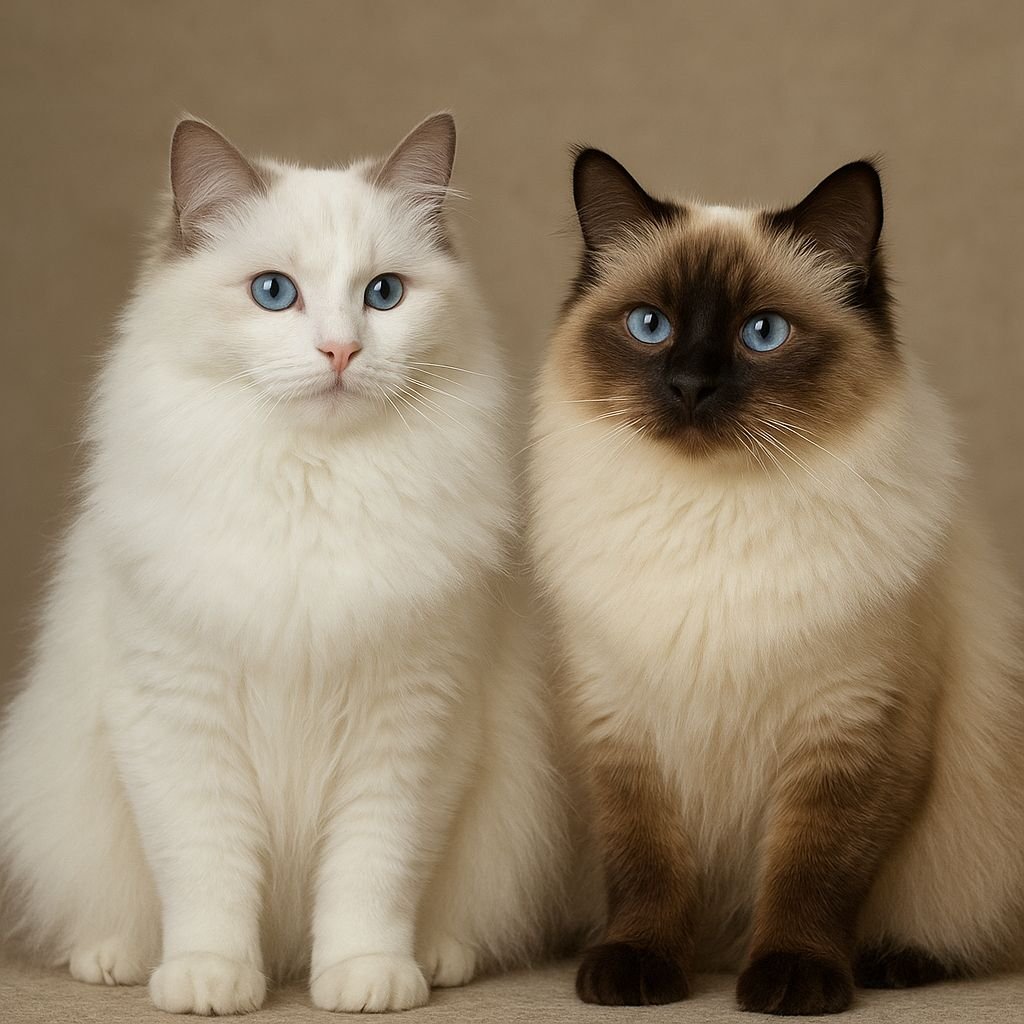
Tail
Birman cats sport medium-length tails that create perfect proportions with their elegant body structure, giving them a naturally balanced appearance. Ragdoll cats feature distinctly long, plumed tails that flow gracefully behind them, often appearing full and bushy compared to their Birman counterparts.
When you see both breeds side by side, the tail length difference becomes immediately obvious – Birmans have neat, compact tails while Ragdolls display those signature flowing, majestic plumes that seem to float as they walk.
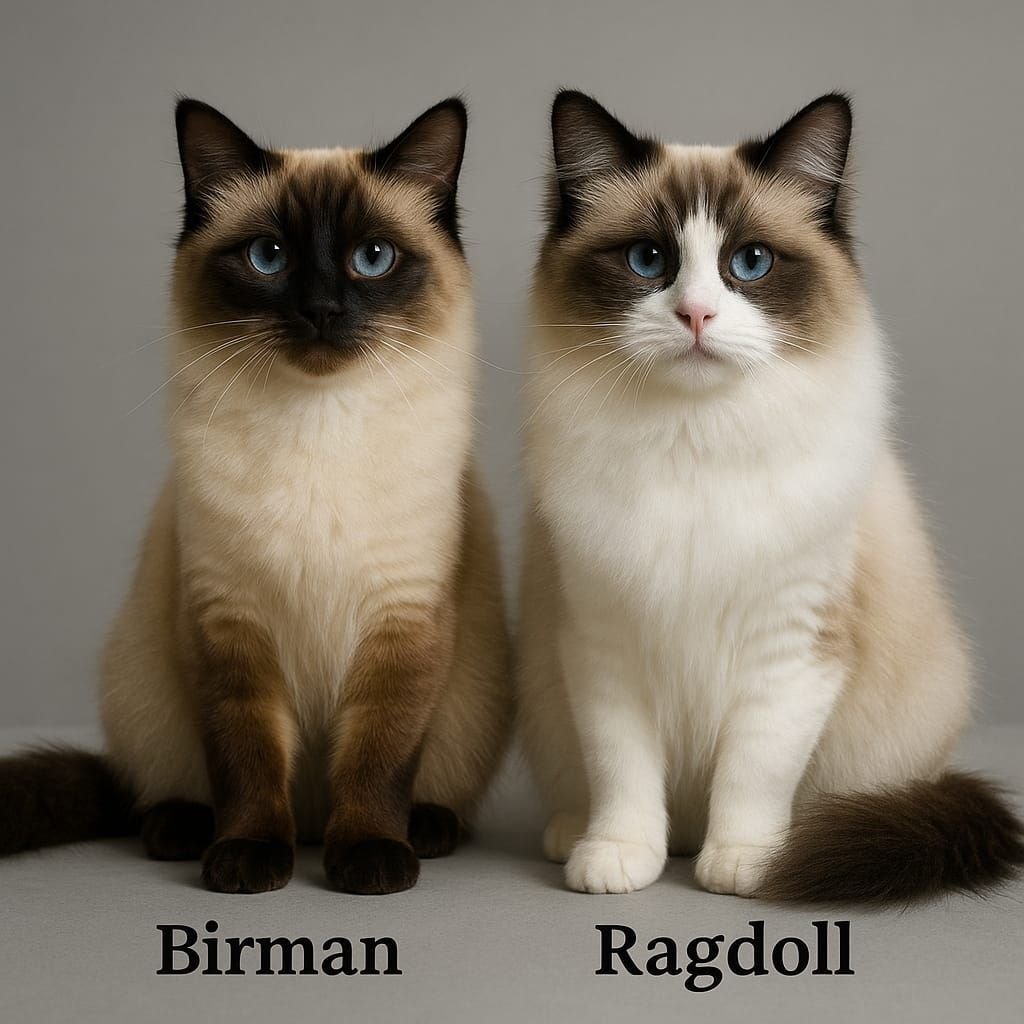
Understanding Size and Weight Distinctions
Male cats typically weigh between 6 to 9 kg (12 to 20 pounds) while females weigh around 4 to 6kg (8 to 15 pounds), demonstrating significant sexual dimorphism in their weight range and physical dimensions. In contrast, the Birman is a medium sized cat that weighs around 3 to 6 kg (6 to 12 pounds) when full grown, with adult male specimens and females being a bit smaller.
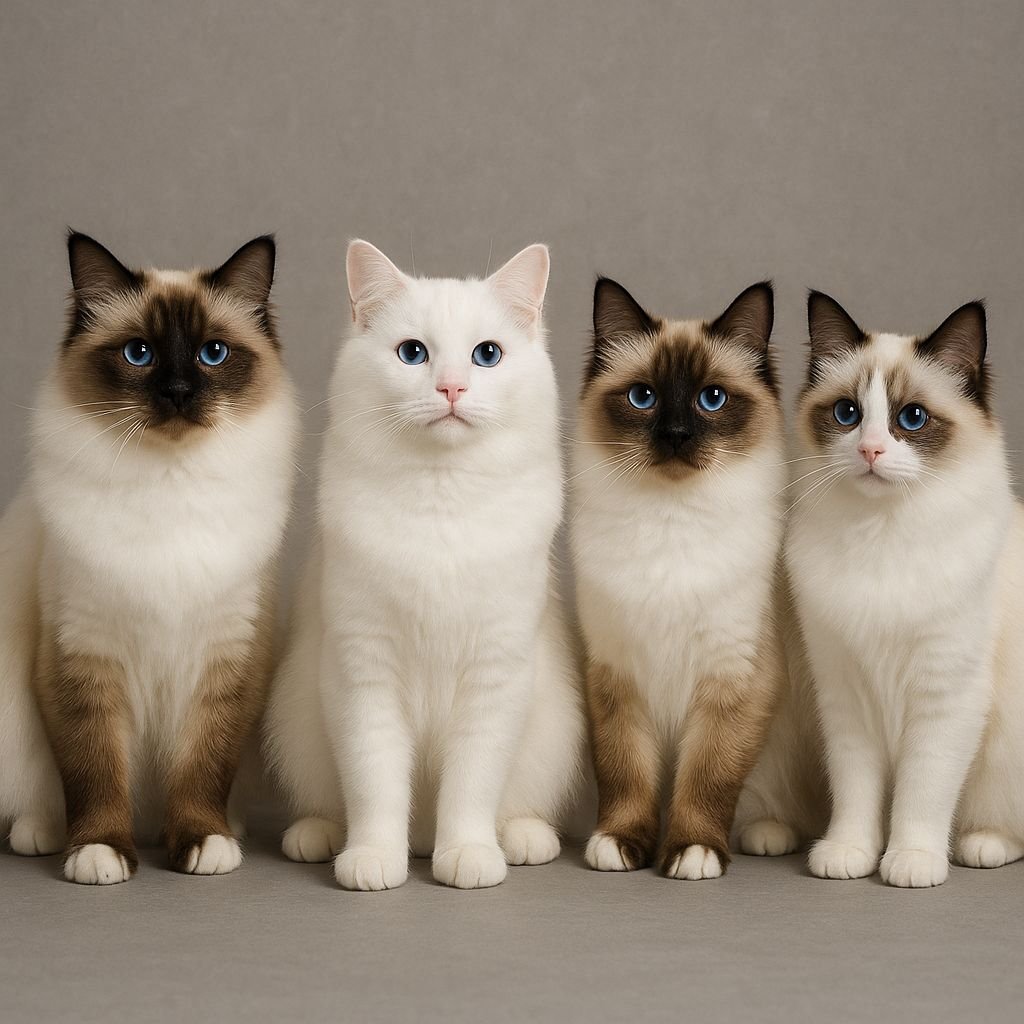
Color point Patterns and White Markings
Birmans have distinctive white patterns on their paws while Ragdolls lack this white pattern
Simple Pattern Recognition
Birman cats display distinctive white “gloves” on all four feet while Ragdoll cats have solid points with no white markings on their paws. Birmans always have these sacred white spots as part of their breed standard, while Ragdolls maintain their colorpoint pattern without any white spots on their extremities
Recognizing the Distinctive V-Pattern
The classical coloring of Ragdoll cat includes a distinctive inverted V on the face along with white legs, chest, and belly, where this inverted V should extend beyond the eyes but not past certain extremities according to breed standards, creating a pattern useful to recognize Ragdoll cats from Birman cats who lack this white face marking.

Subtle Facial Profile Differences
Ragdoll cats display a nose with a gentle curve while Birman cats have a nose with a slight indentation creating a more roman shape
Understanding Breed Standard Variations
Ragdolls and Birmans don’t always match standard perfect specifications, so you need to take account when you see a picture or real cat since clear colors can vary, including dilute colors, red and tabby colors, plus chin variations where Birmans may appear with different white markings than expected according to breed standards.
The criteria presented in ideal described standards don’t always match what nature happens to produce in Ragdolls and Birmans, as these breeds rarely achieve standard perfect appearance, so you must take account when you see a picture or real cat that may not display clear colors due to dilute colors, red and tabby colors, or chin variations where Birmans might appear with unexpected white markings.
Real-World Standard Variations
Comparing Temperament and Personality Traits
Ragdolls are widely known for their relaxed and loving nature as a breed, displaying remarkable tolerance toward other animals and children that makes them exceptional family pets, with many Ragdolls going completely limp when you hold them like a stuffed doll (which is how they take their name), demonstrating their signature docile behavior and doll-like behavior that defines their breed temperament.
The Birman is equally a calm breed that has adapted beautifully to family life, displaying similar traits in their gentle nature and placid temperament, though it’s true that cats of the same breed can show similar traits while each cat maintains its own personality and individual personality expressions through personality differences and personality variations
Quick Identification Summary
To Summarize, Ragdolls are much bigger than Birmans, but Most differences between these two breeds lie in their white patterns and white spots – when looking at a cat without white markings, you’re probably seeing a Ragdoll, instead if the cat has white gloves with a colored chin, it’s likely a Birman, while both gloves and white chin indicate a mitted Ragdoll, and finally a white face pattern confirms a bicolor Ragdoll.

Hey guys, My name is Simon Smith. I’m from Canada and live near Victoria
I live with my sweet family and have 20+ Ragdolls of different types. I love them as my children. My profession is as a hotel manager.
I love to keep Ragdolls and grow their breeder case. I have 7 years of experience.
I’m an expert in cat care. So, I’m here to provide you with new information about my cats daily. This is my blog website, so I request that you kindly visit our site daily.
If you’re a Ragdolls lover and you have any questions or confusion about cats, text me on the Contact Us page or Gmail.
Thank u
